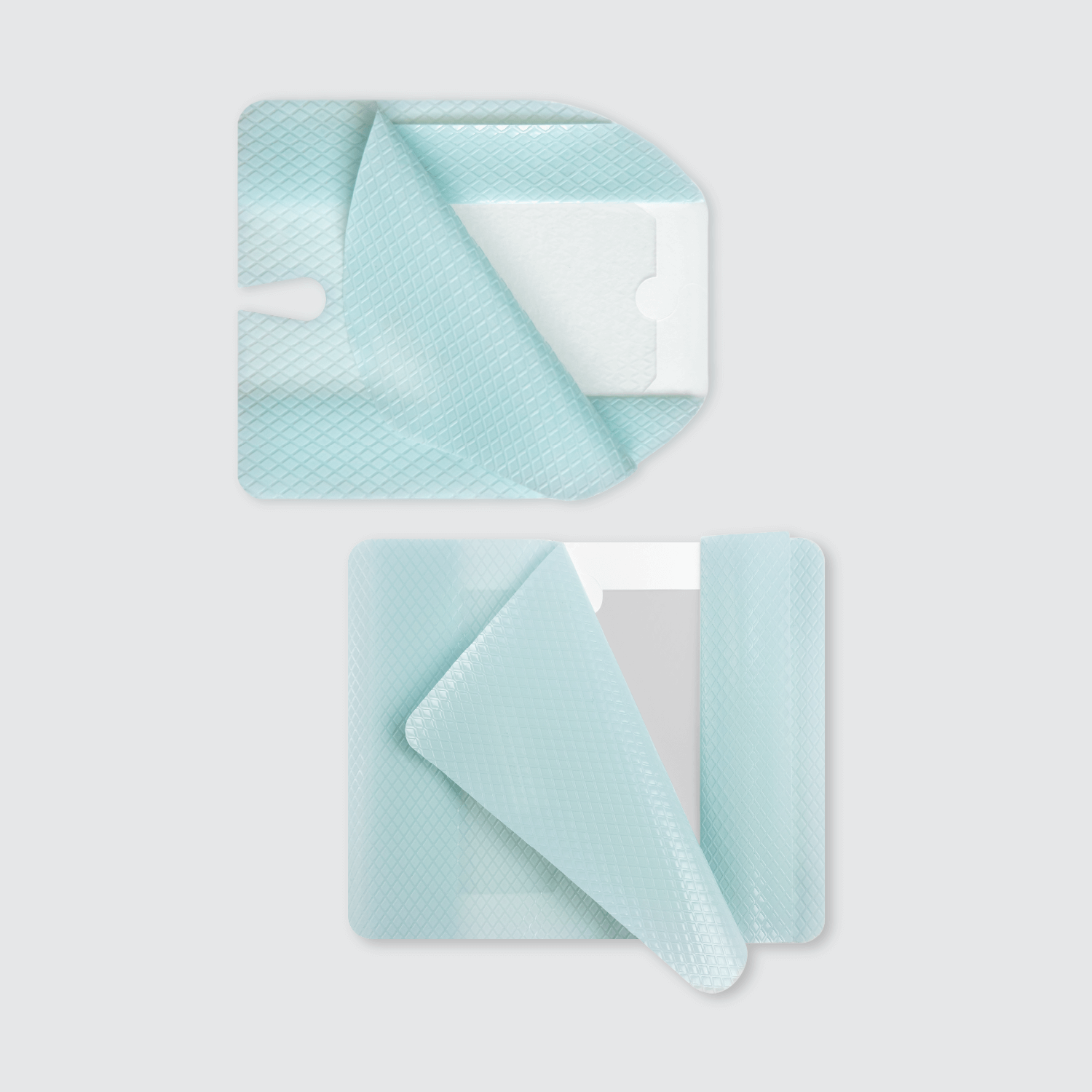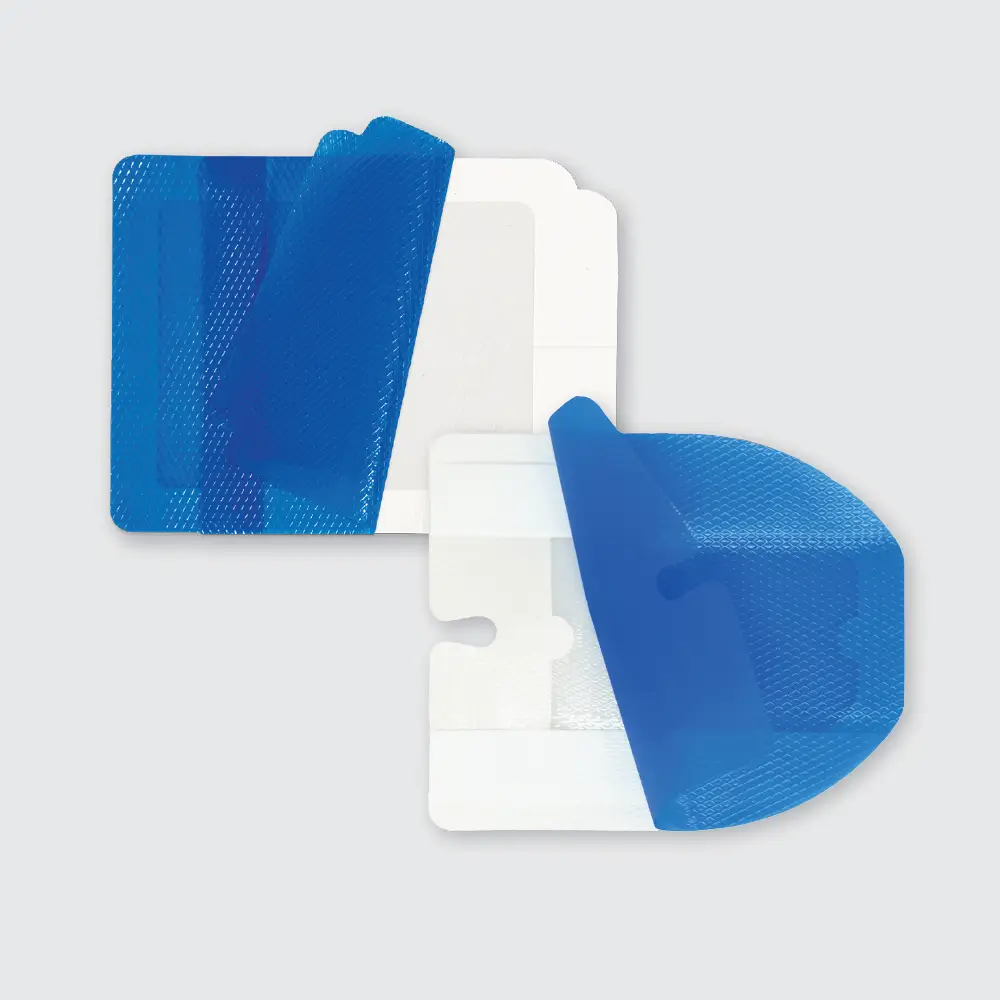Edit Content
US Sales: +1 (206) 513-7604
Toll-Free: +1 (888) 236-4944
1200 Brickell Avenue, Suite 1950 #1138, Miami, Florida, USA, 33131
International Sales: +1 (905) 568-8400
Toll-Free: +1 (877) 711-6055
Fax: (905) 568-5200
1660 Tech Avenue, Unit 5
Mississauga, Ontario, Canada
L4W 5S7
Products
Quick Links
- Accessibility
- Legal
- Privacy
- Terms of Use
- Returns
- Copyright © 2024
Disclaimer: Products shown may come in different packaging, package sizes, lettering or markings, and products are available only in the countries or jurisdictions where they are approved for use for the intended indication. Please contact Covalon for more information.
- Accessibility
- Legal
- Privacy
- Terms of Use
- Returns
- Copyright © 2025


